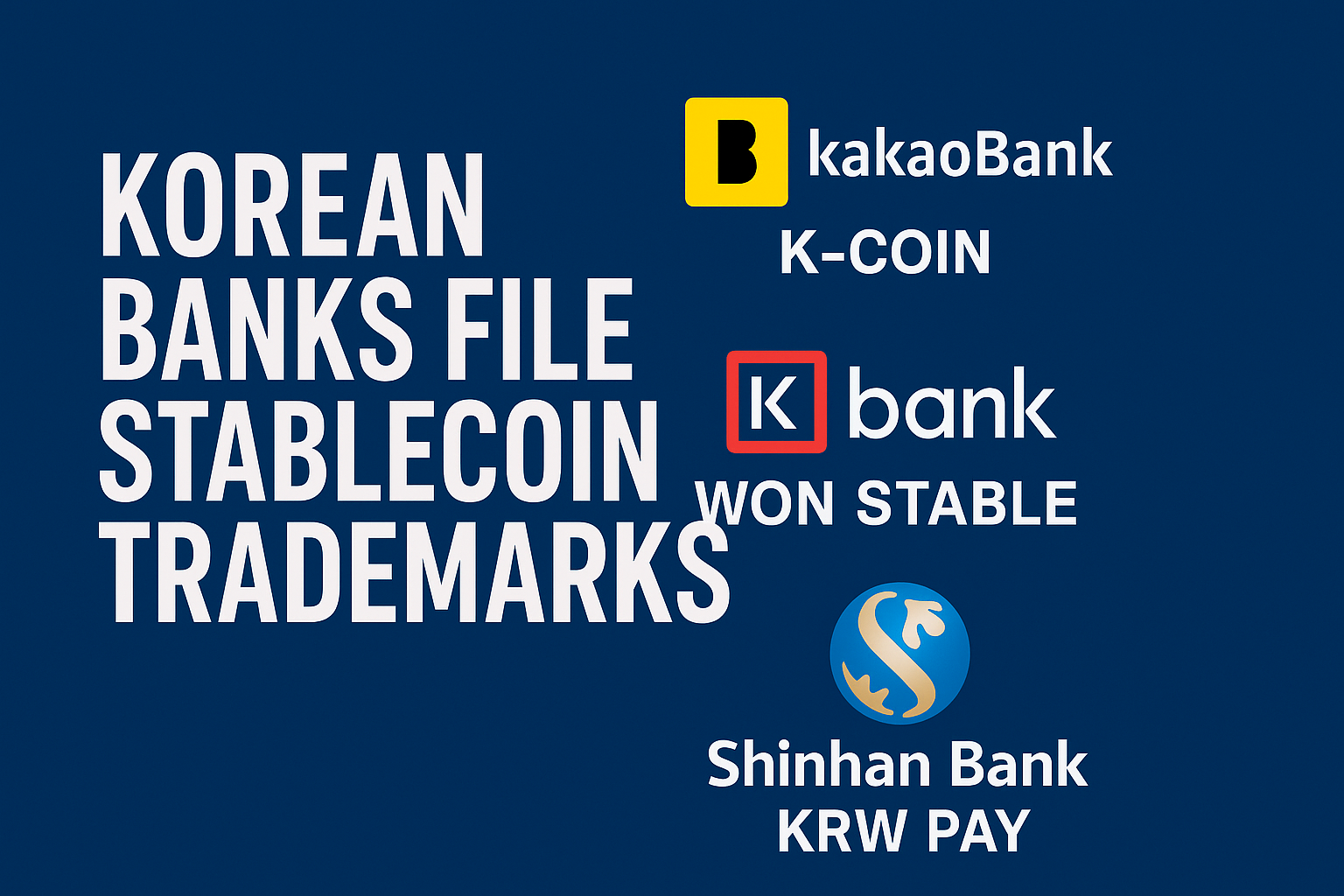Multiple banks in South Korea have filed for “won”-backed stablecoin trademarks, signaling growing interest in blockchain finance — but big questions remain around timing, intent, and regulation.
The news
As reported by Cointelegraph, several major South Korean financial institutions — including KakaoBank, KBank, and Shinhan Bank — have filed applications for trademarks involving stablecoins pegged to the Korean won. These include brand names like “K-coin,” “Won Stable,” and “KRW Pay.”
The filings were disclosed via the Korean Intellectual Property Office (KIPO), suggesting that commercial banks are exploring branded digital currency offerings, though none of the banks have officially launched such products yet.
Why this matters
Stablecoins — especially those backed 1:1 by fiat — are emerging as a core battleground for the future of digital payments, banking infrastructure, and cross-border finance. While the U.S. and Europe are racing toward regulation, Asia is quietly building — with Korea now showing early signs of domestic stablecoin interest at the institutional level.
The fact that regulated banks are securing trademarks — rather than startups — indicates this isn’t a fringe experiment. It may be a prelude to licensed, bank-issued stablecoins in Korea.
Strategic backdrop
South Korea is a global leader in fintech adoption, with:
- A mobile-native banking environment
- Widespread use of e-wallets and QR-code payments
- Early experimentation with CBDCs via the Bank of Korea
That makes it fertile ground for retail-facing stablecoins, especially those offering programmable payments, on-chain loyalty integration, or low-cost remittances.
Critical reflections
1. Is this real innovation — or a legal placeholder?
Filing a trademark isn’t launching a product. In many cases, companies trademark names to defend future optionality or block competitors — not because they’re ready to go to market.
Unless Korean regulators provide a formal legal path for private stablecoin issuance, these filings may remain aspirational.
2. What’s the regulatory risk?
South Korea has a strict stance on crypto speculation and retail risk, with recent legislation (like the Virtual Asset User Protection Act) aimed at tightening exchange operations and custodial rules. Any bank-issued stablecoin would likely fall under intense scrutiny — requiring clear reserve backing, auditability, and anti-money laundering (AML) controls.
3. How does this interact with the Korean CBDC?
The Bank of Korea has been testing a digital won (CBDC) since 2021, with pilot programs ongoing. A key question is whether private stablecoins will complement or compete with the CBDC — especially if both are denominated in KRW and aim for overlapping use cases.
Coexistence is possible, but regulatory clarity will be essential.
Global context
The Korean developments mirror a broader trend:
- JPMorgan continues expanding its JPM Coin infrastructure
- PayPal has launched a USD stablecoin (PYUSD) for payments
- Circle is actively pursuing licenses across Asia-Pacific
- Europe’s new MiCA framework opens the door for regulated euro stablecoins
In this context, South Korea’s trademark activity shows banks don’t want to be left behind — even if the path to stablecoin issuance remains murky.
Final thoughts
Trademark filings are not product roadmaps, but they are signals. South Korean banks appear to be positioning themselves for a regulated digital currency future — whether that takes shape via CBDCs, bank-issued stablecoins, or partnerships with fintechs and crypto-native players.
The big question: Will regulators act fast enough to enable safe, competitive innovation — or will these ideas sit dormant, waiting for clarity?
For now, the market watches — and trademarks accumulate.




